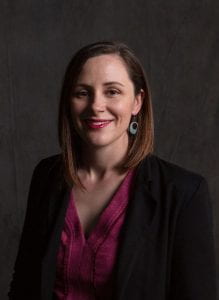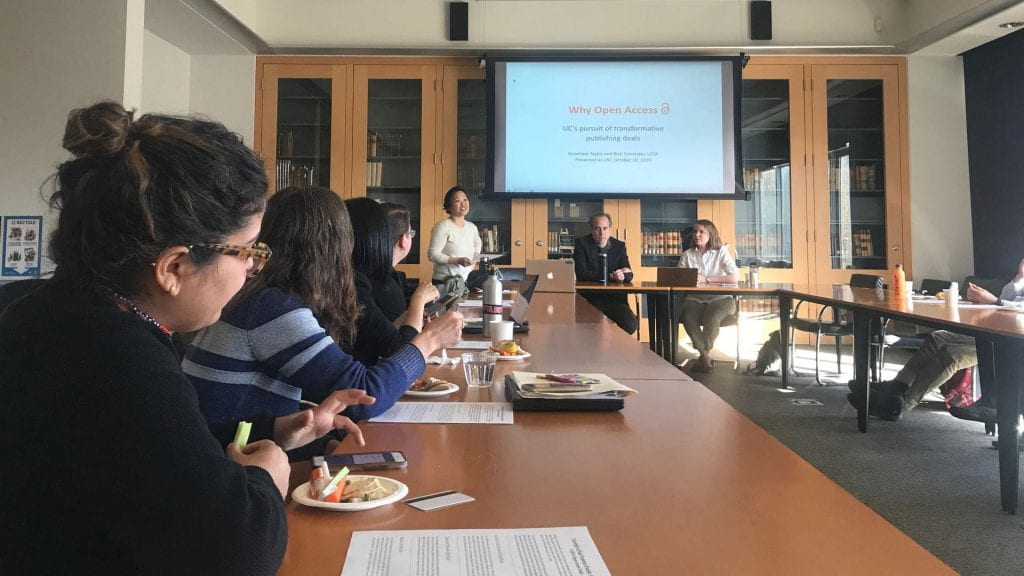
William (Billy) Riggs, Associate Professor in the School of Management, recently published a book titled End of the Road: Reimaging the Street as the Heart of the City. The book brings together Prof. Riggs’ ideas and thought leadership in the areas of autonomy and smart transportation, housing, economics and urban development. Since 2016, under the aegis of the University of San Francisco, Prof. Riggs has also organized six conferences on “Autonomous Vehicles and the City”—conferences that have been critical in bringing together academics, the public sector (planners, engineers), the private sector (tech entrepreneurs), and philanthropists to consider how technology may shape future transportation modes and models in our cities.
In our conversation, Prof. Riggs talked about his recently published book, the conferences he has organized, and plans for future research.
Can you tell us about your recently published book – End of the Road: Reimagining the Street as the Heart of the City?
Basically, the book is something I worked on for 10 years. It explores how streets are at the heart of public space in the city, and that they are far more than something to just move people through the city. I was interested in streets as part of the social and cultural fabric of the city, and wanted to explore how streets can inject life into cities—jobs, housing, businesses, and so on. It is about thinking of all the ways we engage with streets other than movement. The book has case studies from all around the world: San Luis Obispo (U.S.), Utrecht (The Netherlands), Santiago (Chile).
One thing I reflect a lot in the book is about future kinds of mobility, future network-based approaches, and how streets will have to adapt to this new moment. With autonomous vehicles, transportation systems are evolving and the book addresses how the built environment and urban form need to adapt with this evolution.
Can you tell us about the conferences on mobility—Autonomous Vehicles and the City—that you have organized over the past six years?
The conference engages complementary thinking about cities and automation and what should cities look like in the future. My goal was to put USF at the center of this discussion on automation and technical innovation. How can USF advance policy and thinking about the public good within the spectrum of large cities, and advance goals of sustainability and social justice. In other words, how can USF innovate for the public good. In order to do so, we have to talk about housing, zoning, land use, spatial inequalities, and all that has to be discussed with transportation and an evolving dialogue about automation.
In the last conference we highlighted mobility, social justice, and access. There are people in the private sector who are interested in addressing social issues in tandem with their commercial interests, which is why we need the private sector, the public sector, and philanthropists to come to the table to tackle the future of mobility in San Francisco
I have now organized six conferences. We began in 2015 before I came to USF. Michael Boswell (from Cal Poly, San Luis Obispo) and I had the idea of bringing people together to write about issues regarding automated vehicles and to stop writing about widening roads. We first penned an op-ed in the “autonomous futures” series of Planetizen, and this led to five or six thought pieces that made us realize we need a larger discussion.
As a result, we have now hosted a number of conversations. The mechanics of doing this involves core members of faculty from San Jose State, UC Berkeley, UC Davis, and the Urbanism Next program at University of Oregon. I believe the idea of shaping the future must be greater than a single individual or a single institution, and I have had no expectation (or illusion) that the dialogue should last for forever; but as long it is relevant to the original intent, I think it can grow .
The conferences typically have 200 – 250 attendees every year in-person, in San Francisco, and with the livestream there have been upwards of 2000 people attending. We have had European colleagues asking questions and learning what is happening in the bay area. USF has thus become a powerful force in this dialogue.
How did you get into the field of transportation planning, city planning, and specifically Autonomous Vehicles (AV’s)?
I grew up in Louisville, Kentucky. It was not an environment that planners would call “walkable.” For college, I went to Ball State University in Indiana to study architectural history, and I became interested in being able to walk and bike everywhere. I am also an athlete and very much enjoyed running in cities, and then, my senior year in college, I ruptured my Achilles tendon. As a result, I couldn’t walk, and that was when I realized my identity was so tied up with running and walking in cities.
I had plans to study and travel in Europe, but as I took time off because of my injury, I thought I might lose the ability to see cities on foot and this ended up being a pivotal point in my life and changed my life’s trajectory. I was able to travel to England, France and the Netherlands and got very interested in city planning, urban design, and aspects of how to design places for walking and biking. I later went to graduate school at the University of Louisville to study urban planning with a focus on transportation planning. After this I took a job with the U.S. Coast Guard in San Francisco for a few years, before going to UC Berkeley for my PhD in city and regional planning.
What made you come to USF?
San Francisco is a good example of urbanism. One can go out and study the city right through USF’s backdoor. When I was teaching at Cal Poly San Luis Obispo, I had to bring students to Los Angeles or San Francisco to experience and observe city life and city form; things like parklets which were first coming up in San Francisco, adaptive reuse, transit hubs and so forth. So, I felt San Francisco was great for what I research and what I teach.
I also love the incredibly diverse student body at USF. In comparison to USF, Cal Poly San Luis Obispo is very culturally diverse. I am love interacting with this diverse student body, to be on a journey that nurtures global citizens, and I believe USF is well situated for that journey.
Plans for future research?
I am continuing to work on transatlantic multinational policy for autonomous vehicles that function as shared assets and can operate within many urban contexts. Autonomous vehicles need to be seen as complementary to existing transit systems. And in thinking about this, one has to also consider global business models for automated transit systems.
How does one pay for the infrastructure to support these systems? Can community members pay directly to support and avail of these systems or even directly invest in them? Creatively thinking about these questions has led me to look into disaggregated and distributed financial models for automated transit in cities. Given all this, my scholarship seems to be taking a somewhat different turn. While in the past I was more focused on discovery, I am now thinking about adaptation and application of systems.
I also have a book project that will be published in 2024. It tells the story of how the rideshare revolution came about; what happened to taxis when Uber and Lyft showed up, and how much it changed our perspective on how we travel. Having a ride in our pockets did not exist before 2012 and this new form of transportation has had significant impacts on how we access transport “on-demand” but also on traffic patterns and labor in our cities. The book will tell some of that that story.




